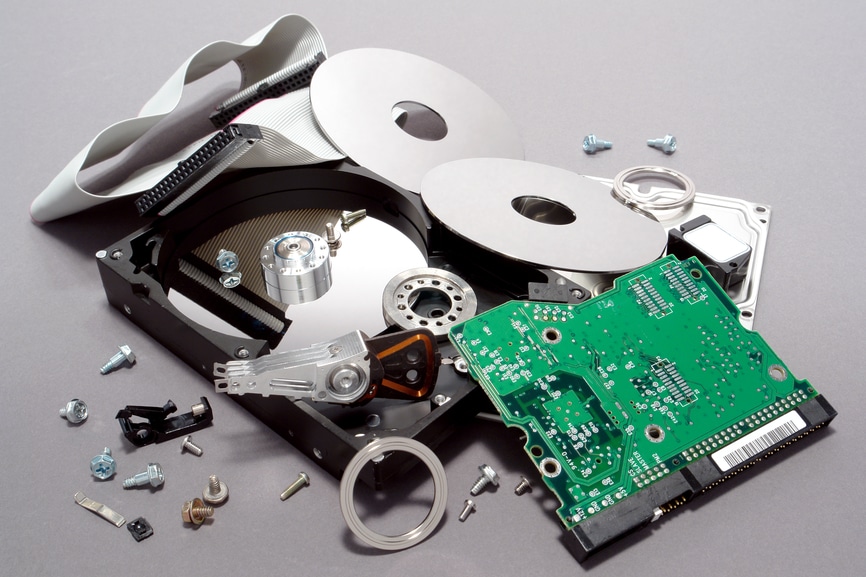Sales: 678.967.3854
Support: 866.252.6363
What We Do
Who We Serve
Success Stories
Latest Thinking
LATEST THINKING
About Us

By the DynaSis Team
few decades ago, when mechanical hard drives were notoriously prone to failure, the technology media often issued dire warnings about the dangers of not having a good data backup. That was in the days when tape backups were the norm, and companies that hadn’t experienced the pain of a data failure were hesitant to engage in such a complex and time-consuming effort.
Then solid-state drives (with no mechanical parts) and the cloud came along and these backup methods caught the public eye. The noise level relating to the danger of failing hard drives appears to have dropped substantially since then. Ironically, during the same period, businesses have become no more protected against data failure. We submit many are now operating at even greater risk.
Why? Data storage is at an all-time high, with company data pools often weighing in at a terabyte (approximately one million megabytes) or larger. Compounding the problem, huge-capacity, solid-date data drives are inexpensive and small (often the size of a deck of cards). Furthermore, many businesses use both the cloud and solid-state drives for data storage, causing files to become scattered into multiple locations. Some firms even allow (or do not forbid) employees to store company data on personal laptops, portable drives they take home at night, and other off-site locations.
Many companies do not even know that their backups are inadequate until they have a data disaster (or even a minor crash) and lose something important, like that presentation for a new client that took 20 hours to complete. In fact, a November 2013 survey from research firm The 2112 Group found that 23% of companies purchase cloud-based backup solutions after data loss or system downtime due to an unprotected system. Some 44% of purchases occur either after a data disaster or because of concerns one might be looming. Furthermore, an unrelated study found that 44% of business owners have no data governance policy to control where or how they store data.
These statistics point out a dire problem―that nearly half of business owners are not adequately protecting and managing their data. The solution to this problem is simple:
Data and Backup Analysis, Planning and Management.
To get a handle on their data before a data loss occurs, companies need to figure out where it is and then come up with a workable plan to manage it and back it up. They need to embrace the notion that a comprehensive backup and data recovery (BDR) solution involves more than a second hard drive on someone’s desk or an old server in the “computer closet”. It involves data and risk analysis, planning and management, and offsite data backups (usually cloud-based and either redundant or transferred nightly). Such a system, once implemented, gives firms the best chance of backing up everything, everywhere, and ensuring the latest versions of company files are available to everyone―even if the unthinkable happens.
Here at DynaSis, we live, eat and breathe BDR and develop customized solutions on a daily basis. If this blog has hit home, we can perform an assessment that will find all the data hanging around your network. We can then help you decide what you want to back up, and make a plan for a solution and configuration that works within your risk tolerance and financial constraints. To learn more, fill out our inquiry form or give us a call.
